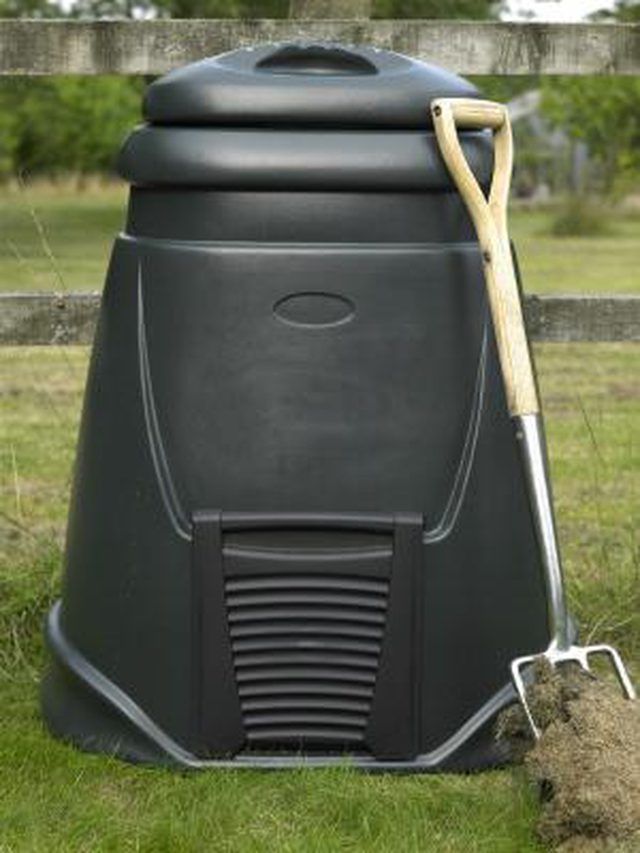Bulbs
Flower Basics
Flower Beds & Specialty Gardens
Flower Garden
Garden Furniture
Garden Gnomes
Garden Seeds
Garden Sheds
Garden Statues
Garden Tools & Supplies
Gardening Basics
Green & Organic
Groundcovers & Vines
Growing Annuals
Growing Basil
Growing Beans
Growing Berries
Growing Blueberries
Growing Cactus
Growing Corn
Growing Cotton
Growing Edibles
Growing Flowers
Growing Garlic
Growing Grapes
Growing Grass
Growing Herbs
Growing Jasmine
Growing Mint
Growing Mushrooms
Orchids
Growing Peanuts
Growing Perennials
Growing Plants
Growing Rosemary
Growing Roses
Growing Strawberries
Growing Sunflowers
Growing Thyme
Growing Tomatoes
Growing Tulips
Growing Vegetables
Herb Basics
Herb Garden
Indoor Growing
Landscaping Basics
Landscaping Patios
Landscaping Plants
Landscaping Shrubs
Landscaping Trees
Landscaping Walks & Pathways
Lawn Basics
Lawn Maintenance
Lawn Mowers
Lawn Ornaments
Lawn Planting
Lawn Tools
Outdoor Growing
Overall Landscape Planning
Pests, Weeds & Problems
Plant Basics
Rock Garden
Rose Garden
Shrubs
Soil
Specialty Gardens
Trees
Vegetable Garden
Yard Maintenance
How to Make Fertilizer Out of Paper
How to Make Fertilizer Out of Paper. At first glance, old newspapers, magazines and used printer paper might not seem like a choice material for making fertilizer. Yet even though it is heavily processed, paper is still made from plant fibers. If handled correctly, paper is a potent source of carbon for a compost pile. Under the right circumstances...

At first glance, old newspapers, magazines and used printer paper might not seem like a choice material for making fertilizer. Yet even though it is heavily processed, paper is still made from plant fibers. If handled correctly, paper is a potent source of carbon for a compost pile. Under the right circumstances and with enough regular care, paper combined with other nitrogen-rich materials can yield nutrient-rich fertilizer.
Things You'll Need
Paper shredder
Box or tub
Sticks or bark
Garden fork
Watering can
Kitchen scraps
Tarp
Thermometer
Set up a paper shredding station with a large tub or box. Shred refuse paper, store it in the box or tub, and carry the container out to a sheltered location near the composting site. Store the shredded paper out of the weather, so it stays dry.
Choose a spot for building a compost pile. The location must be well-drained and adequate for a pile measuring about 27 cubic feet, such as a pile roughly 3 feet long, 3 feet wide and 3 feet high. Lay out a layer of sticks, bark and other big landscape refuse for the bottom of the pile.
Carry nitrogen-rich scraps from your kitchen out to the compost pile, and add shredded paper with a garden fork every time you do so. Paper is very carbon-dense in comparison to the nitrogen content of kitchen scraps like coffee grounds, orange rinds and vegetable peels, so put paper into the compost pile at the ratio of 1 part paper per 10 parts kitchen scraps.
Sprinkle the new layer of compost with a watering can to moisten it, then cover the top of the compost heap with a tarp to keep the worst of the rain out, but leave at least part of the sides exposed for ventilation.
Mix the compost with a garden fork whenever you return to add a new layer of scraps and paper, and poke holes in the side of the pile with the garden fork to improve ventilation.
Spread a layer of shredded paper over the top of the pile after it reaches the desired size. This will control the stench of decomposing material.
Stick a thermometer inside the pile once it has reached the desired size, and monitor its internal temperature at least once per day. Decomposition will raise the temperature, perhaps to as high as 150 degrees F, and high temperatures kill off unwanted bacteria and parasites. After a week of temperatures above 131 degrees, the contents of the compost pile will be safe to use.
Allow the compost pile to continue to decompose after it self-pasteurizes. After two to five months, the paper should have completely dissolved into the pile. The pile will be ready for use as fertilizer after a year.
Tips & Warnings
Since hot composting is reliant on heat, it is best to start and complete a new pile in warm weather. In most parts of the United States, winter weather will dampen the heat inside the compost pile, making that season a poor period for composting.
Instead of an open pile, you may also choose to use a compost container.